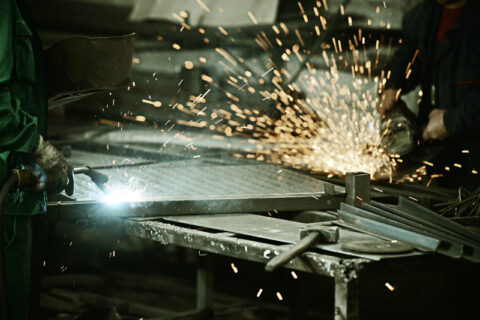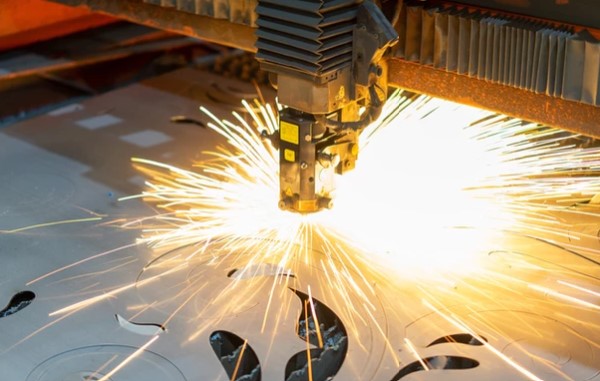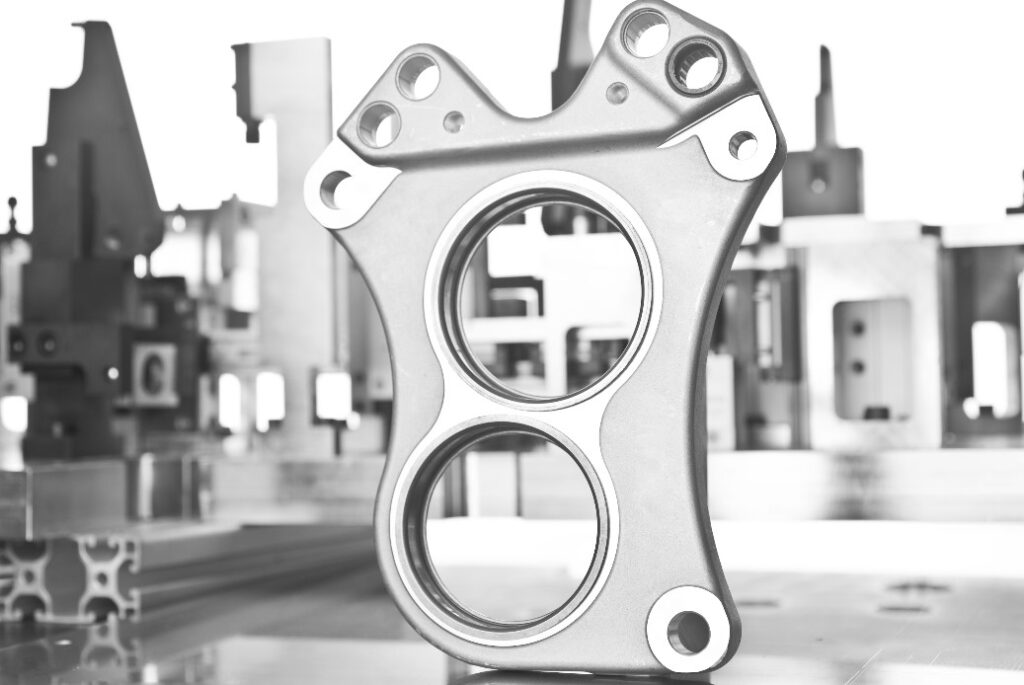I read an article recently in Manufacturing Engineering magazine that talked about workforce development in manufacturing and some of the challenges being faced today. It was based on the outcome of a round table session with some manufacturing leaders at the HOUSTEX conference a while back. It is a topic and challenge that resonates as it has been something I have witnessed over the course of my career starting in machining in the 90’s and progressing into leadership roles in manufacturing organizations since.
The article (and round table) touched on three areas believed to be challenges on why it has and continues to be difficult to fill manufacturing roles, including the perception of manufacturing jobs, in general, being negative, a significant gender gap in manufacturing, and generational challenges with “tech-savvy millennials” not seeing manufacturing as an attractive career. In general, manufacturing has an image issue and does not appeal to broad cross sections of the population and the gaps seem to be increasing.
The article cited a Deloitte study in which only a staggering 1 out of 3 parents today would guide their children toward a career in manufacturing. Compound this phenomenon in homes today with the fact that many schools are not preparing kids with skills and knowledge aligned with manufacturing. Not being promoted at home or in school helps to create little interest from kids today which we have been witnessing I would estimate for at least the last 10-15 years slowly taking shape. Add to this the scars still sitting with many of us from the 2008-2009 recession that hit manufacturing especially hard and caused many to lose their jobs. I felt the squeeze of that recession as well. No one wants to enter a career field where your job can be eliminated seemingly so rapidly and easily based on economic swings.
We have gaps in talent in manufacturing that when looked at closely should make manufacturing leaders queasy. Many baby boomers – the hard-working generation that embraced manufacturing, have skills that are afterthoughts today, and keep many factories running optimally are heading into retirement now or soon in the future. These roles obviously have to be filled but as there is economic and business growth, new positions will have to be filled as well creating a large void for many companies. And the effects are not just manufacturing related roles but also engineering and technical – manufacturing and industrial engineers are vital pieces to manufacturing effectiveness.
Certain areas in manufacturing may be more concerning than others. Machining is an area where aging workers with excellent capabilities are retiring and there is a gap between the numbers of new workers entering the machining field. While technology (CNC, CAM, etc) has helped offset the need for substantial skills needed in this area, it is still a field where knowledge and skills need to be learned to be effective – basic machining knowledge, materials, and the need to understand the technology, CNC programming for example. These same challenges are being navigated in other areas such as welding and molding.
So what to do? It has to start with changing the image and trying to re-brand manufacturing, in some ways “making manufacturing cool again.” The perception has to change that it is a dirty, low-paying career with no future growth. This starts by embracing technology as manufacturers and using this to not only become more competitive but attract a new-age workforce that is drawn in by technology adoption and application. It means engaging with schools and education programs to influence curriculum and put classes and programs in place to start exposure and training earlier in the career process. Bringing back apprenticeships, which used to be the preferred method for hands-on learning, and refreshing them for the times is another path. Many studies have indicated that training and development opportunities are seen today as more important than ever by the workforce, so designing and putting in place robust T&D programs can be an asset in recruiting and retaining talented workers.
I do know this. The manufacturing organizations that face this challenge now and begin dealing with it and further preparing for it will be the ones who succeed in the next 5-10 years. Ensuring the people (workforce) are in place to do the work and develop for customers is and will continue to be so crucial to success, regardless of equipment and strategies. Many companies can invest in the latest machines and technology, but people with the skill and desire (motivation) will continue to be the foundation and differentiating factor in competition.
You cannot fix what you won’t face is a mantra I remember well from my lean learning. I believe as the workforce demographics continue to change, retirements come about, and technology continues to advance on another S curve, we will have to be ready. Some may say it is already too late if you have not begun, but I think starting is a good first step. That is our intent at TQ. What do you think?
Contact us today and let us know.



